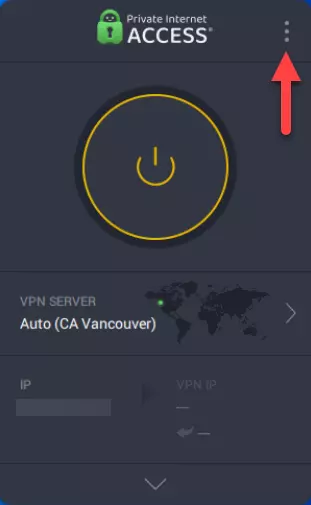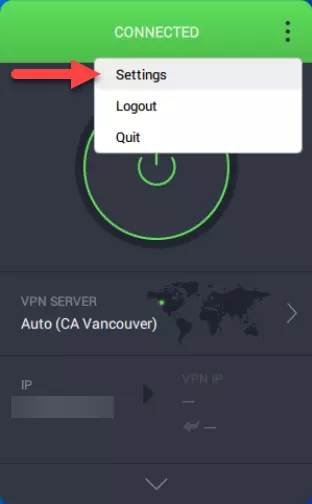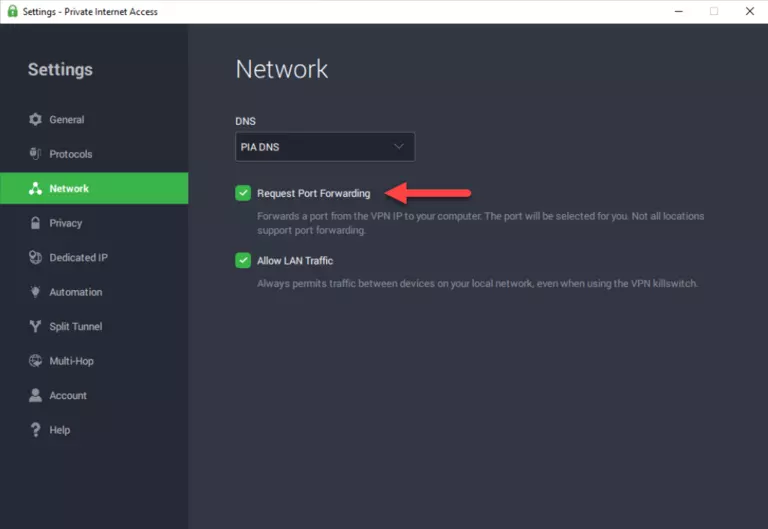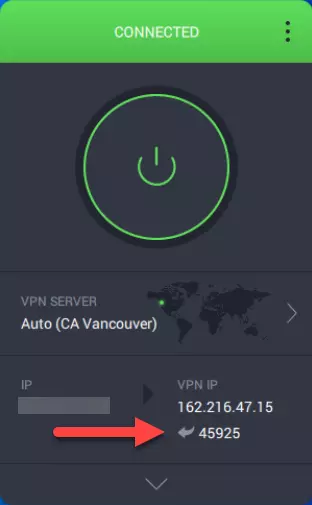A VPN can be used to solve many port forwarding problems. A VPN connection is a secure tunnel between your network and a VPN provider that is capable of sending data in both directions. As long as your VPN provider supports port forwarding, you can use your VPN to host connections that are otherwise blocked by your router or ISP.
Private Internet Access, or PIA, is very popular VPN provider offering fast, secure VPN connections and has a port forwarding option included in the base plan.
A VPN is a powerful tool to help solve some challenging networking tasks.
How to Port Forward Through a VPN Connection
If you are not sure how a VPN works, start by reading our What is a VPN guide to learn everything you ever wanted to know about how a VPN works, which protocol to choose, and what a VPN can be used for.
In this article, we are talking about a VPN-out type of service. This means that your computer or device is connecting out to a VPN service provider's server. This is different from a VPN-in, where you are connecting in to a secure network such as your business or home.
In order to port forward through a VPN, your VPN provider must support port forwarding. Not all VPN providers do, so be sure to read the details at your preferred VPN providers website.
How is It Possible to Port Forward Through a VPN
After connecting to your VPN service provider, you are assigned an external IP address from the VPN's pool of external IP addresses. These IP addresses are shared by many customers at the same time.
A VPN based port forward reserves ports on the external IP address that you are assigned while you are connected.
Your external VPN ports belong to you as long as you maintain a connection to that external IP address. Many VPN providers, offer a permanent external IP address for an additional fee. This means that you get the same external IP address every time you connect to the VPN provider.
Any data that arrives on your external IP address with your port number is forwarded through the VPN software to the VPN client running on your computer or device.
How does a VPN Port Forward Differ from a Normal Port Forward
A normal port forward is set up in your router, and expects outside traffic to arrive at your router's external IP address. Many internet service providers block incoming connection requests at their facility, making a normal port forward not function.
A VPN based port forward bypasses this limitation by connecting first to the VPN server, then running the port forward over the VPN tunnel.
Your ISP cannot even tell if you have a VPN based port forward running. There is no way for them to prevent this functionality.
The traffic that comes in through your VPN based port forward is fully encrypted and secure from prying eyes.
Port Forwarding using Private Internet Access
Once you've activated an account with PIA, you can easily forward ports using their VPN client application.
Open the Private Internet Access application and click on the top-right menu.

Choose the Settings menu item.

In the PIA settings menu, choose Network, then put a check box in the Request Port Forwarding box.

Close the settings menu, and then click the large Connect button to connect to the PIA network.
After you are connected, PIA will return your forwarded port on the main screen just under your VPN IP.

After setting up a port forward, you should start to see traffic coming into your network on the port that you forwarded.
For more information on which ports to forward for a specific application please see our List of Ports where you can find the TCP and UDP ports for virtually any application.








